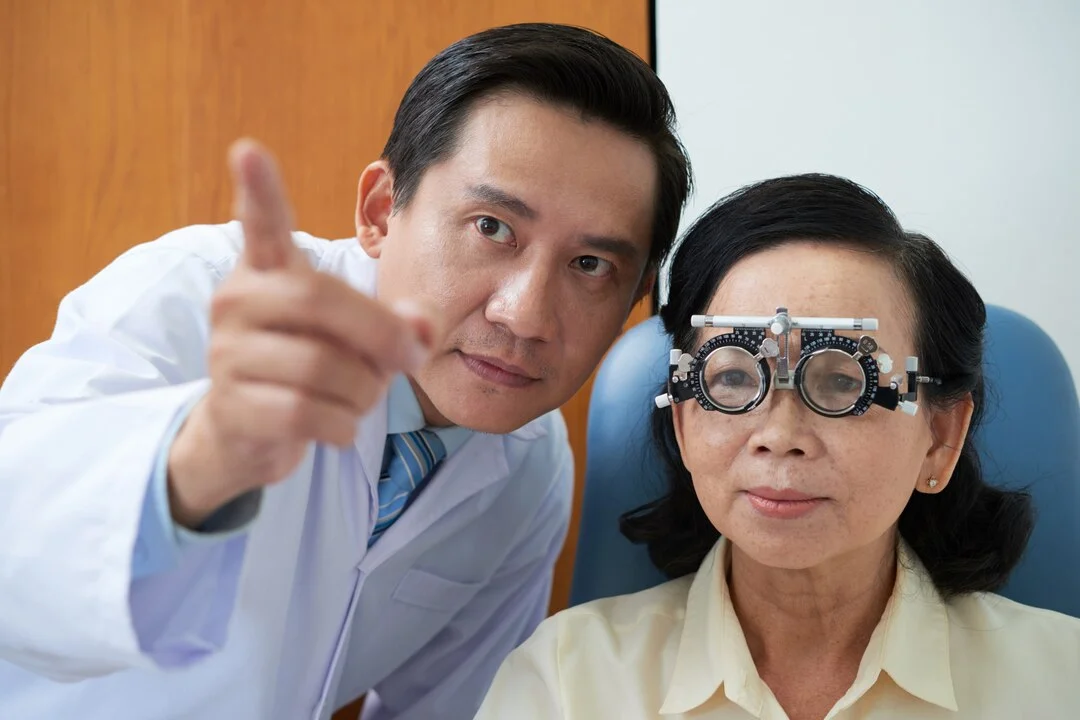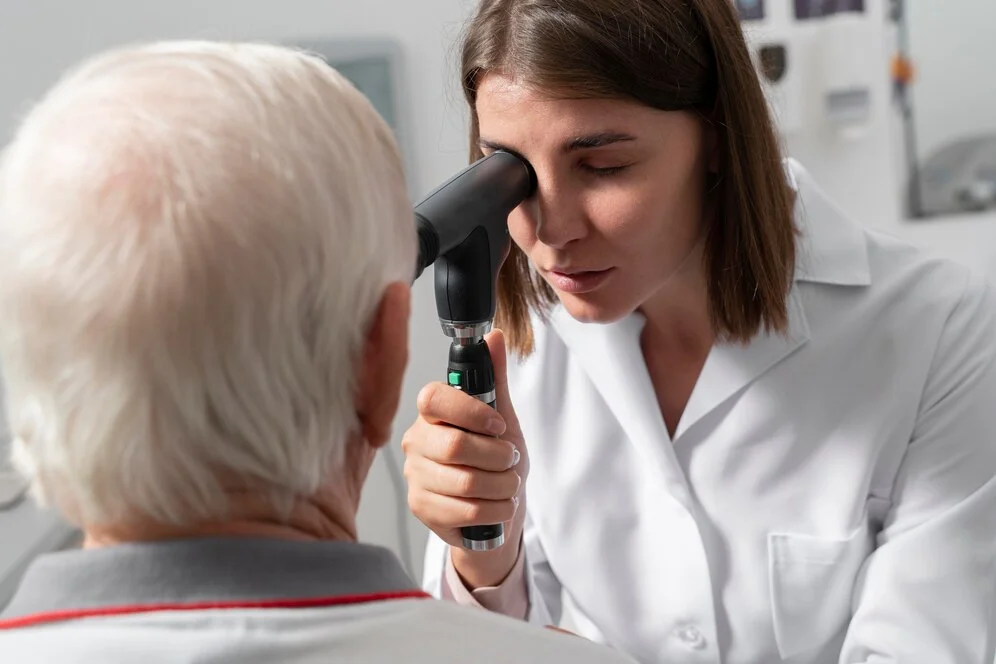Eyesight is one of the most precious senses we rely on daily. Yet as we grow older, vision problems become more common, and many adults are unaware of the early signs that could point to serious eye disease. Detecting changes early is critical because some conditions that cause vision loss in older adults can be slowed or even prevented with timely care.
In this blog, we’ll explore the key signs of going blind, the most common symptoms of going blind, and the major factors behind age-related vision loss. By understanding these warning signals, older adults and their families can take action early and protect long-term eyesight.

Why Early Detection Matters
Vision often declines gradually, making it difficult to recognize when changes are not just part of natural aging. Some age-related vision problems are minor and treatable with an eyeglass prescription, but not all age-related vision problems are so easy to fix. Some vision problems are related to more conditions that can lead to serious blindness like glaucoma, macular degeneration, or diabetic retinopathy.
Common Vision Problems in Older Adults
There are many different vision problems and some that become more common as we age:
- Cataracts or clouding of the lens of the eye resulting in blurry vision or dim vision.
- Glaucoma - increased pressure inside the eye damages the optic nerve.
- Macular Degeneration is a leading cause of age-related vision loss, causing a blind spot in vision.
- Diabetic Retinopathy - damage to retinal blood vessels in those with diabetes.
- Dry Eyes - discomfort and irritation diagnosed by little tears produced.
All of these describe age-related vision problems and can lead to irreversible blindness if left untreated.
Signs of Going Blind: What to Watch For
Recognizing the signs of going blind is vital, so older adults can get immediate help. Here are some common signs of going blind:
- Blurry or cloudy vision that doesn't improve with glasses.
- Knots, spots, or sudden flashes of light often indicate potential retinal detachment.
- Loss of peripheral vision, usually associated with glaucoma.
- A dark or empty spot in the center of your vision is indicative of macular degeneration.
- The problem of seeing at night, even with plenty of light, can be a sign of a visual defect.
All of these symptoms of going blind can develop slowly, but they should not be ignored.

Age-Related Vision Loss: What Causes It?
Understanding what causes blindness is essential in preventing it. For older adults, the most common causes include:
- Cataracts: Responsible for nearly half of all blindness cases worldwide, but highly treatable with surgery.
- Glaucoma: Known as the “silent thief of sight,” it often progresses without pain until advanced stages.
- Macular Degeneration: A primary cause of age-related vision loss that makes reading and recognizing faces difficult.
- Diabetes: Poorly controlled diabetes leads to retinopathy, a major cause of vision loss in older adults.
- The problem of seeing at night, even with plenty of light, can be a sign of a visual defect.
All of these symptoms of going blind can develop slowly, but they should not be ignored.

Conclusion
While some vision problems are a natural part of getting older, others can cause more serious diseases. Recognizing the early signs of going blind or the subtle symptom of going blind is the key to preventing irreversible damage. From age-related vision loss due to cataracts or macular degeneration to systemic issues like diabetes, knowing what causes blindness can help seniors take proactive steps.
At Elite Eye Care, we specialize in diagnosing and managing age related vision problems. Through comprehensive exams and advanced treatment options, we help patients reduce the risk of vision loss in older adults and maintain independence for as long as possible.
